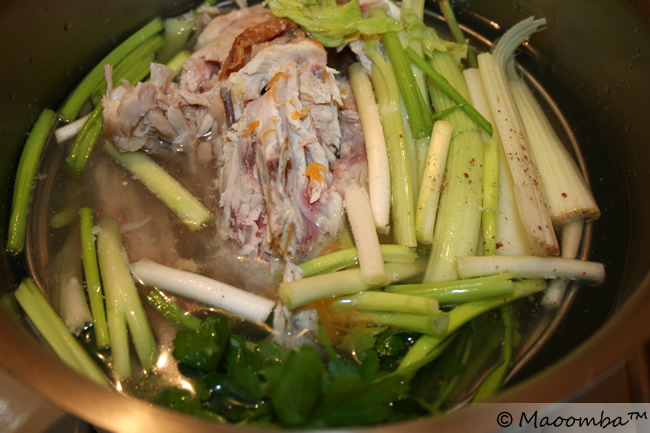Are you looking for ways to eat more healthfully this coming year, but are concerned about the cost? Here are 20 ideas for helping you eat delicious food while also managing your time and your budget:
.
- Plan your menu for the week and minimize waste by buying only what you need.
- Shop at ethnic grocery stores to buy spices and specialty ingredients at drastically cheaper prices than you’d find at a grocery or natural food store. Keep spices in airtight glass jars. Use the spices to liven up your cooking and dramatically shift the flavor profile of an ingredient you plan to use – think pork with sage and chipotle chile rub vs. pork with a sesame ginger marinade.
- Make your own soup stock using water, carcasses, whatever herbs or spices you have on hand, and produce waste (peels, wilted veg on its last legs, stalks you don’t want to eat, etc.).

- Grow container plants to have cheap, easy access to herbs and kitchen basics – cherry or pear tomatoes, a strawberry pot, and herbs like chives and basil.
- Buy whole, rather than canned, ingredients and prepare them yourself – i.e., pumpkin, beans, etc. Can’t beat <$1.00 per pound of healthy food.
- Buy foods when they are on sale. Bulk goods will store well. Produce will keep in the fridge for a bit. And, meats can be frozen until you need them.
- Stock up on seasonal produce and freeze it. This is particularly a good thing to do with seasonal items that are at the height of flavor. Lemons and limes: squeeze and make ice cubes, store in a freezer bag. Pumpkin: roast and freeze pureed meat in glass jars. Berries: rinse, let dry, lay out on a cookie sheet to freeze, place in freezer bag. Greens: Rinse, dry, pack into freezer bag for use in soups, casseroles, etc. Chilies: roast, skin and deseed, freeze separately and then place in freezer bag. Etc…
- Pack your own lunch and fill up with fresh fruit and vegetables, raw nuts, and salads with filling and healthy toppings.
- Move over Lean Cuisine – Intentionally, make extra soups, casseroles, etc. and freeze them in individual serving sizes to have your own healthy and affordable frozen lunches
- Do not throw out leftovers-long-forgotten. Instead, as soon as you’ve prepared a dish, estimate the number of times you are willing to eat it as leftovers before you get tired of it and immediately freeze the rest for another day. 1 month from now, it will look pretty tasty.
- Buy items in bulk (when cross-contamination is not an issue) and store them in air-tight glass jars.
- Meat, while good, is also relatively expensive. Try eating more meals that only include fruits, vegetables, whole grains, and legumes.
- If you do eat meat, explore foods that have lost their way in our diets – tongue, gizzards, liver, for example, or consider buying meats close to their “expiration” date when markets typically discount them for quick sale. Use the meat or freeze it immediately.
- Join a community food co-op. Some communities bring together seasonal produce and locally-made food stuffs and make them available to the community at lower prices than they could be found elsewhere.
- Choose frozen over canned fruits and vegetables if you are buying them at the store. Generally, they have fewer preservatives, taste fresher, and are cheaper. Keep in mind that canned goods often include liquid which you will discard, making the net weight of the fruit or vegetables lower than that listed on the can.
- Make food from scratch rather than buy pre-packaged or processed foods. Not only will you have more control over what goes into your food, but you won’t be paying for extra packaging, marketing, and other costs that come with prepared foods. To save on your own packaging and minimize waste, buy yourself some air-tight, BPA-free plastic containers or glass jars with seals to store freezer goods in.
- Create a meal swap or exchange meals with a friend that shares your tastes. Agree on what types of food or meals and how many portions you’ll swap and how often, and then benefit from someone else’s cooking skills and creativity.
- Be creative. Instead of baking GF banana bread, puree peeled frozen bananas and add in chopped walnuts or strawberries. Try a new fruit or vegetable because it’s on sale and then figure out a way to use it – add it to a salad, throw it in a soup, let it be a centerpiece to a meal.
- Celebrate friendship with a potluck meal.
- Keep things simple. Some of the best meals are ones with few ingredients. Keeping things simple allows a core ingredient to shine, makes cooking easier, and minimizes shopping and waste. It also allows you to focus on the quality of your ingredients and getting the most flavor out of them.
Bonus Tip: Don’t buy into the whole-food-has-to-be-expensive myth. The vast majority of US food expenditures are on processed, prepared, and packaged foods which, typically, do not nourish our bodies as much as we’d like them to for the amount we spend on them. Yes, some things are expensive. But, many whole foods are not. Try tracking your food expenses before and after trading out canned goods for dried goods, packaged meals for home-cooked, restaurant grabs for a sack lunch, and sugary snacks for a handful of nuts or fruit. You’ll find that your budget and your belt will tighten up a notch.